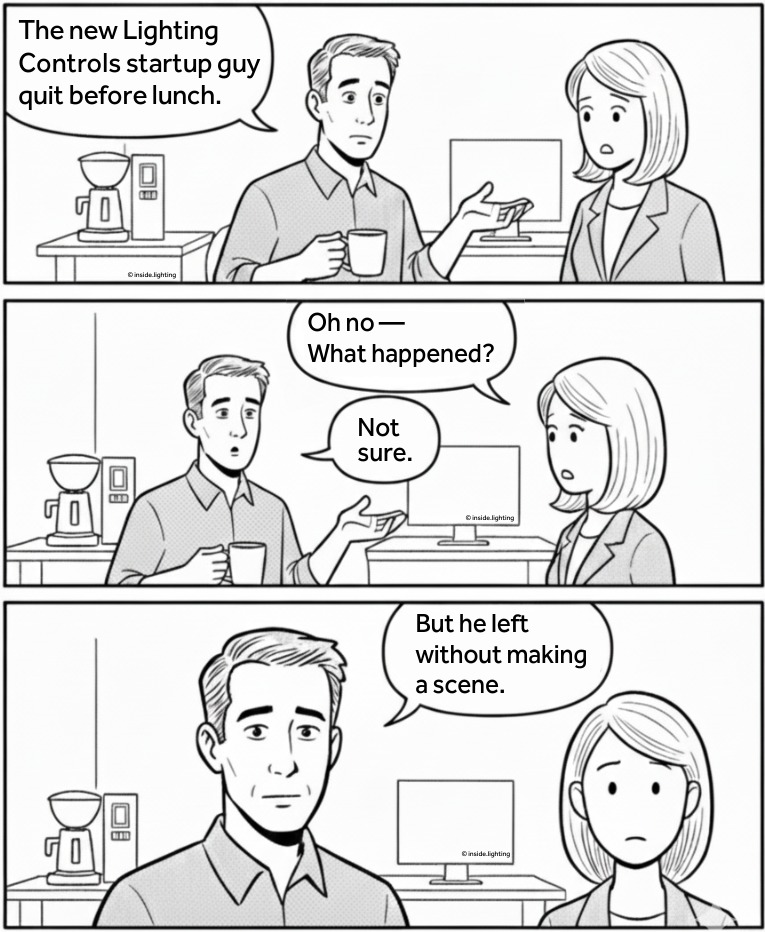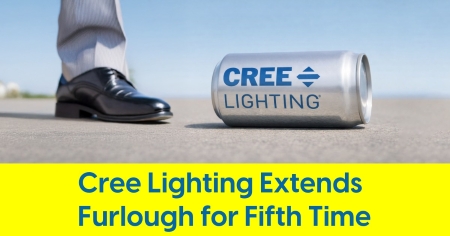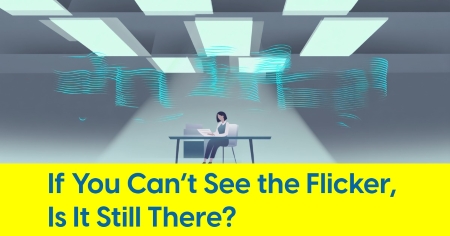June 9, 2025
Originally $34M, Lutron’s Patent Damages Land at $5.34M

Judge enhances damages after jury retrial, ending a years-long legal saga
In a drawn-out, seven-year patent fight that’s swung from headline-making damages to quiet recalibrations, a federal judge has seemingly closed the books on Lutron’s high-stakes dispute with GeigTech East Bay, known commercially as J Geiger Shading. At the heart of the case: a deceptively simple bracket used to mount window shades — designed to look clean, with no screws, no wires, and no visible hardware. GeigTech claimed Lutron copied it. The court agreed.
The final tally: $5.34 million in damages for willful patent infringement and a permanent injunction still standing. It’s a ruling that confirms wrongdoing, but also reveals just how volatile litigation over aesthetic IP can be.
This isn’t the loss it once was. Just a year ago, a jury pegged Lutron’s liability at a staggering $34.6 million — almost ten times what GeigTech had asked for. That number was ultimately slashed, retried, and finally enhanced again. The result? A verdict that may hurt Lutron’s pride and design plans more than its wallet — but nonetheless sets a sharp precedent.
A Bracket, a Patent, and a Timeline of Tension
In April 2024, a Manhattan jury found Lutron guilty of willful infringement of GeigTech’s patented shade bracket design — a minimalist assembly used in exposed roller shades, characterized by clean lines and hidden hardware. The jury’s award: $34.6 million, a sum that far exceeded the $3.8 million GeigTech had asked for. Judge Colleen McMahon later called the amount “grossly excessive,” a critique rarely aimed at a jury.
The verdict wasn’t built on guesswork.
- During trial, two Lutron employees, an engineer and a project design leader, admitted they lied in order to gain access to GeigTech’s Manhattan showroom, where they examined the patented hardware under false pretenses.
- Another Lutron engineer stated in his engineering notebook that the purpose of the project was to create “Geiger-esque” shades.
That testimony, coupled with Lutron’s internal “Project Snowy Owl” documents, painted a picture of calculated infringement.
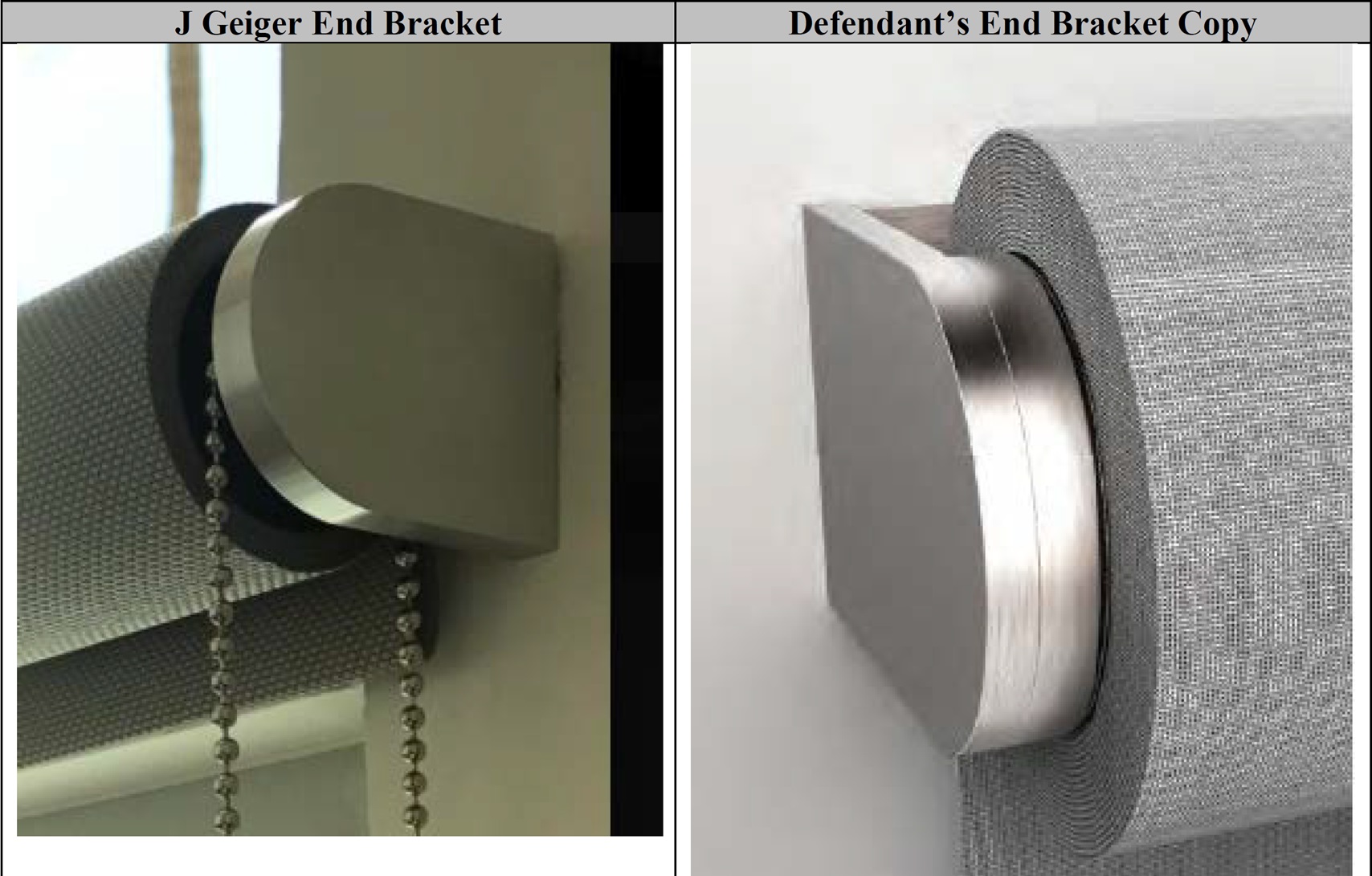
Above: Excerpt from GeigTech complaint
In August 2024, the judge slashed the award to match GeigTech’s original ask, $3.8 million, offering the plaintiff a choice: take the reduced judgment or retry the damages. GeigTech, betting on a second swing, opted for a new trial on damages alone.
That trial took place in November 2024. The new jury landed on a $2.67 million award, based on a more conservative royalty model. It was a win, but a smaller one — until this past week.
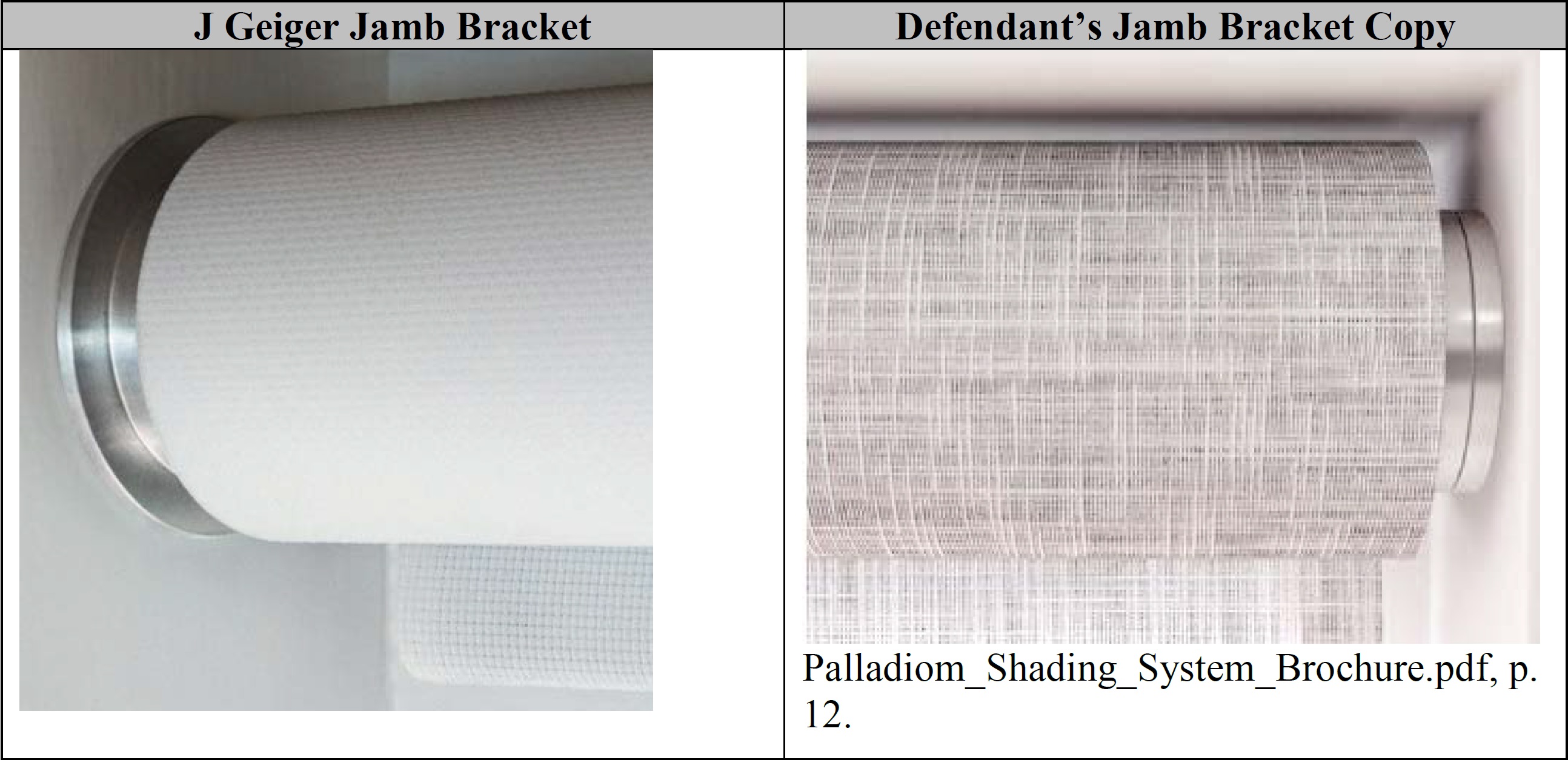
Above: Excerpt from GeigTech complaint
Final Appeal Fails: Lutron’s Liability Stands
In her June 4 ruling, Judge McMahon denied Lutron’s appeal for a new trial or a reversal of the jury verdict. She wrote that ample evidence supported the finding of willful infringement, and cited Lutron’s internal “Project Snowy Owl” as evidence of deliberate copying.
The judge then granted partial enhanced damages, doubling the $2.67 million verdict to $5.34 million, citing three key factors: the length of the infringement, the absence of a credible defense, and Lutron’s competitive motivation. The case now appears closed, unless GeigTech seeks to reopen it — a move seen as unlikely.
Also remaining in force: a permanent injunction that bars Lutron from selling the infringing shade bracket design. The hardware, once hidden by design, has now become a symbol of high-stakes IP in the home tech world.
Legal Lessons
While the dollar amounts have seesawed, the implications of the case have only grown clearer. Patent protection in design-centric systems matters — not just in technology function, but in aesthetic form. GeigTech's bracket wasn’t revolutionary in mechanics. What mattered was how it looked: stripped of screws, wires, and visual noise. That vision is now protected IP.
The court also sidestepped broad arguments like the “entire market value rule,” which would have allowed damages based on the full product system’s price. Instead, jurors stuck with a royalty-based model. By doing so, they landed between Lutron’s lowball figures and GeigTech’s more aggressive royalty demands.
Design and Control: A Strategic Layer Beneath the Lawsuit
This wasn’t just a fight over brackets — it was a clash of strategic visions. GeigTech East Bay, while separate from J. Geiger Shading, shares DNA with the brand, now operating under Savant Systems. Savant, a force in smart home integration, acquired both J. Geiger and GE Lighting’s residential business in recent years. Protecting design-forward IP is part of its playbook.
For Lutron, the ruling comes as a reputational dent in an industry where it’s long been the heavyweight. But from a business standpoint, the $5.34 million penalty is far less punishing than what once loomed.
With no new trials or appeals on the horizon, the legal saga seems to be ending. In the end, Lutron walks away with a smaller penalty — but a permanent injunction and a judicial finding of willful infringement. That may sting longer than the payout.
